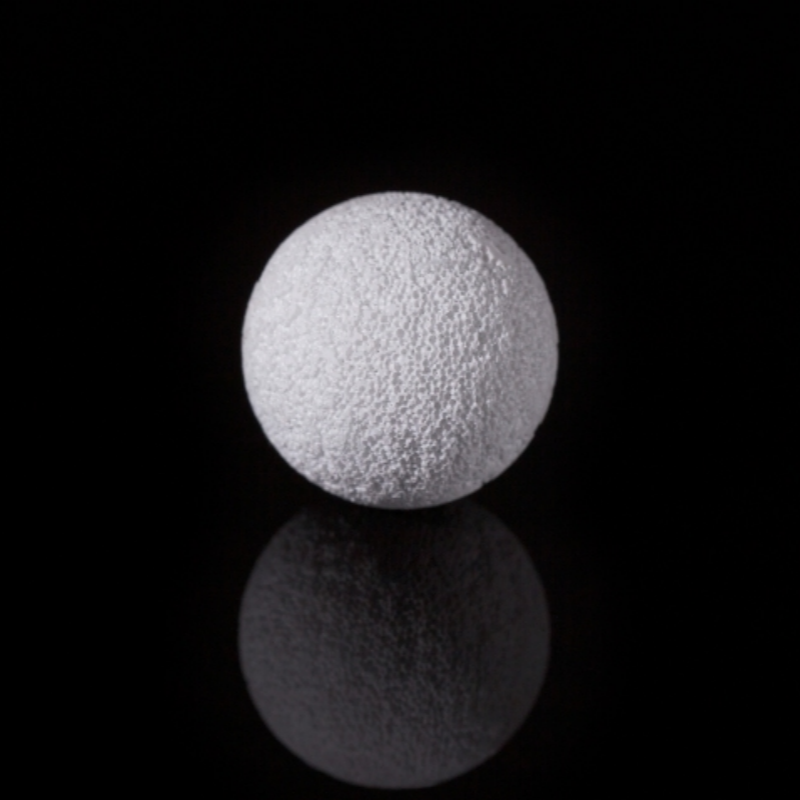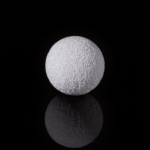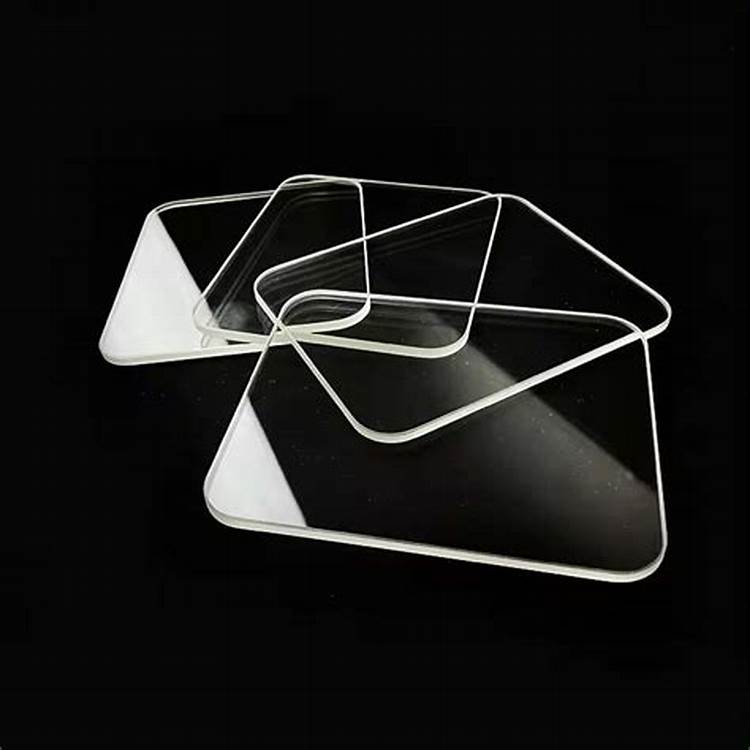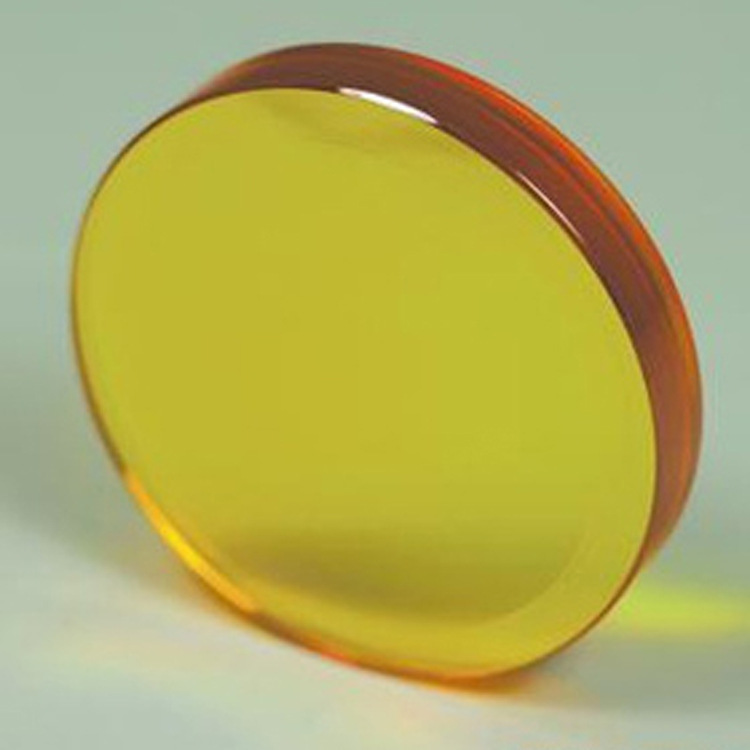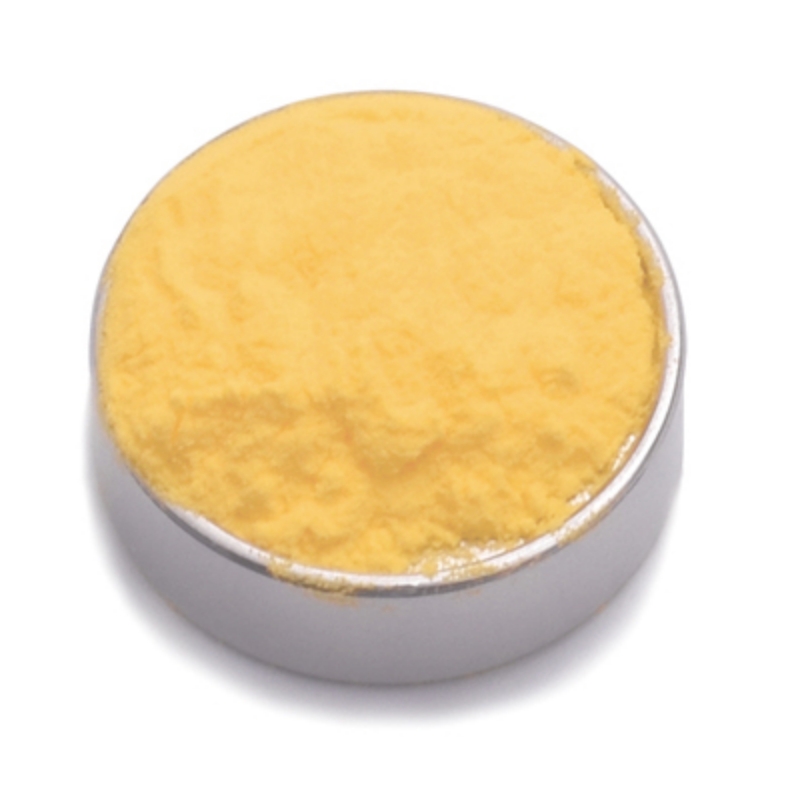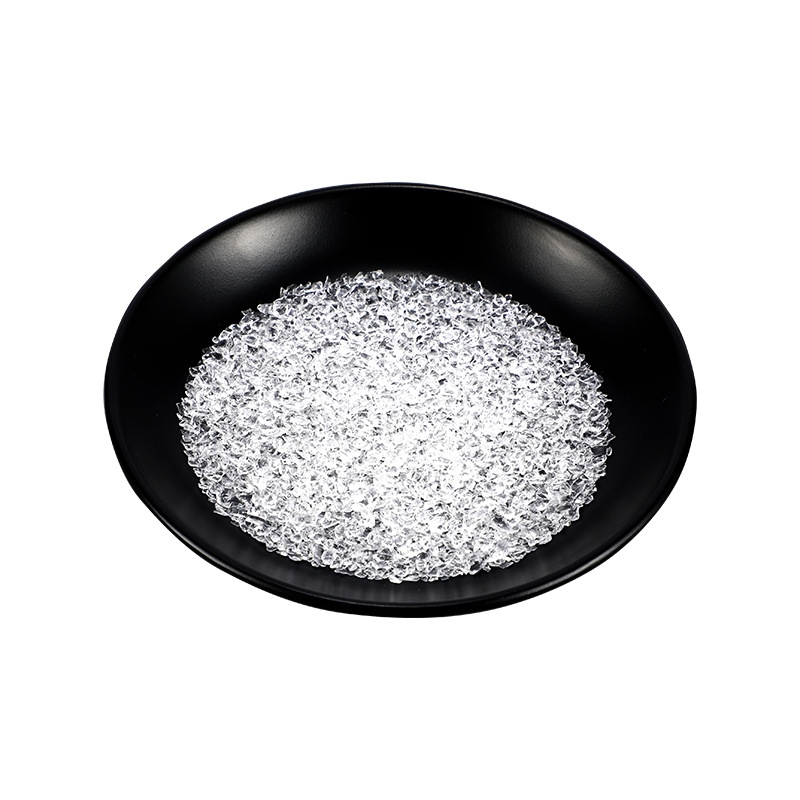Hydroxyapatite (HA) bio-ceramic ocular implants ensure superior biocompatibility, optimized structural integrity, and reliable integration with soft tissues. Designed for ophthalmic applications, they enhance healing efficiency, provide natural aesthetics, and ensure long-term durability.
Product Overview
The Hydroxyapatite (HA) bio-ceramic ocular implant is a porous structure artificial implant designed for the restoration and correction following eyeball enucleation. Made from high-purity hydroxyapatite, this material has excellent biocompatibility with human bone tissue, ensuring a smooth integration with the surrounding tissues. It is non-toxic, non-antigenic, and lightweight, addressing the issues of traditional ocular implants like slippage and restricted movement. The surface of the implant has a controlled porous microstructure that promotes blood vessel growth and long-term biological integration with the surrounding tissue. With this implant, the prosthetic eye retains good mobility, reduces post-operative complications, and provides a more natural appearance of the eye.
Key Features
- High Purity (>95%) Hydroxyapatite: Ensures excellent biocompatibility and compatibility with human bone tissue.
- Porous Microstructure: Pore diameter of 500+200μm and connection diameter of 150+50μm promotes vascular and tissue growth.
- High Porosity (>70%): Lightweight, supports the mobility of the prosthetic eye, and prevents eyelid sagging.
- Smooth Surface: Facilitates easy implantation and reduces post-operative complications.
- Strong Tissue Integration: Ensures long-lasting integration with host tissue, preventing displacement and rejection.
Applications
- Post-Enucleation Repair: Ideal for patients who have undergone eyeball enucleation due to trauma, tumor, or infection.
- Eye Atrophy, Deformity, and Eyelid Depression Repair: Suitable for correcting eye atrophy or deformities and repairing eyelid retraction.
- Long-Term Fill for Ocular Surgeries: Provides an ideal solution for filling and restoring the eye socket in ocular surgeries, addressing the issues of heavy traditional implants and lack of tissue growth in older models.
 new material
new material

